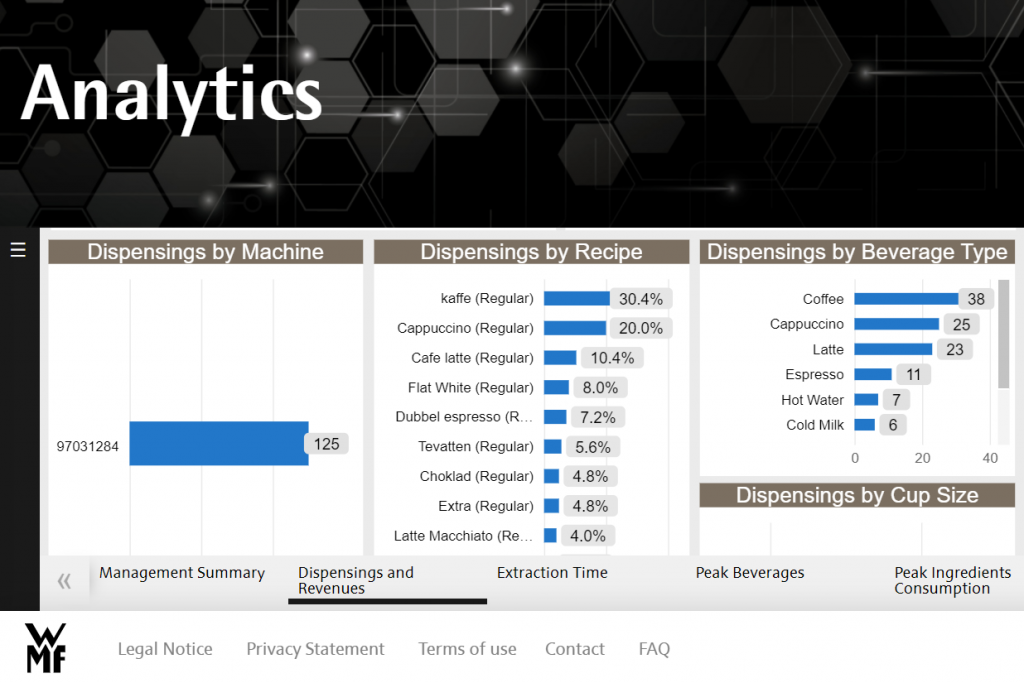The COVID-19 pandemic kept people from going out to cafés, bars and bistros around the world, but it could not keep coffee lovers from their favorite beverage, Kyle Okamoto, general manager of Ericsson IoT
Americans drank coffee at the same rate (6 in 10 Americans drink it every day) and roughly the same amount (nearly three cups a day) during the pandemic as they did in years prior, according to the National Coffee Association. That trend was reflected around the world, where globally, consumption of coffee at home offset the decrease from bars, restaurants and cafes.
However, as businesses reopen and people resume their pre-pandemic routines, coffee enthusiasts will again be looking to get their caffeine fix outside their homes. Here’s where the robust sales of coffee will connect with another growing trend connected appliances.
The growth of 5G and its low latency, superior reliability and blazing fast speeds is bringing an explosion of smart devices to the Internet of Things (IoT). Cellular IoT connections are expected to grow from 1.7 to 5.9 billion between 2020 and 2026.
Within that category, “Massive IoT,” large numbers of devices that send small volumes of data, is expected to grow at an even brisker pace 57% CAGR over the same period. One such use case is connected coffee machines.

The coffee industry is facing new opportunities, with connected coffee machines poised to become more and more common in fact, these machines may become the norm. A connected coffee machine can bring new values to all ecosystem players across the value chain, from the coffee machine maker to the machine operator to the venue owner and finally to the coffee drinker, as seen in this video.
Simply put, connected coffee machines generate data that can be turned into insights. Venue owners like gas stations can optimise pricing (e.g price adjustment based on demand and time of day, like “happy hours” in the pub).
Shop owners can do market testing to gauge consumer receptiveness to new beverages while the digital screen on the machine can be used as an ad display or in-store promotional tool, all of which lead to new revenue streams.
The machine operator will be equipped with better visibility on coffee bean supplies and machine maintenance to reduce downtime (20% of coffee sales losses at gas stations are due to machines being out of service).
For the coffee machine maker, tracking sales gives them a better sense of which products are preferred. For example, if mocha lattes and cappuccinos are the two most popular drinks in a certain market, they can develop machines with larger milk compartments to accommodate consumer preferences. This may seem like a minor tweak but serves as just one example of how to build customer loyalty while maximising profits.
The coffee machine’s ability to take orders via a smartphone and handle digital payments will also be a boon to the coffee drinker. Specifically, contactless options are not only secure and convenient, but also hygienic a welcome feature in today’s environments.
Connected coffee machines are not only benefiting gas stations, coffee shops and conference centres, but also workplaces wanting to provide coffee services for employees. In all cases, better tracking of supplies, less down time and offerings that are better attuned to customer and employee preferences can pay dividends.
In an office with 200 employees, for example, an IoT-enabled machine could create a net value of €1,300 per year, assuming an annual coffee expenditure of about €45,000 for such a company.

In a digital world, enterprises need to understand the entire ecosystem, both their own in terms of possibilities and limits, as well as potential partners that might be of interest.
When it comes to connecting their ecosystems together, they can create a larger business environment or identify an untapped market. The IoT is not just about connecting things, but rather, connecting environments.
Neighborhood coffee shops will be open again soon and workers will return to offices around the world with mug in hand. After all, coffee is the most popular beverage in the world. Connected coffee machines will bring new value to the people who deliver that coffee whether they’re at a gas station, coffee shop, or a busy office building while keeping drinkers happy and caffeinated.
The author is Kyle Okamoto, general manager of Ericsson IoT
Comment on this article below or via Twitter: @IoTNow_OR @jcIoTnow
Leave a Reply